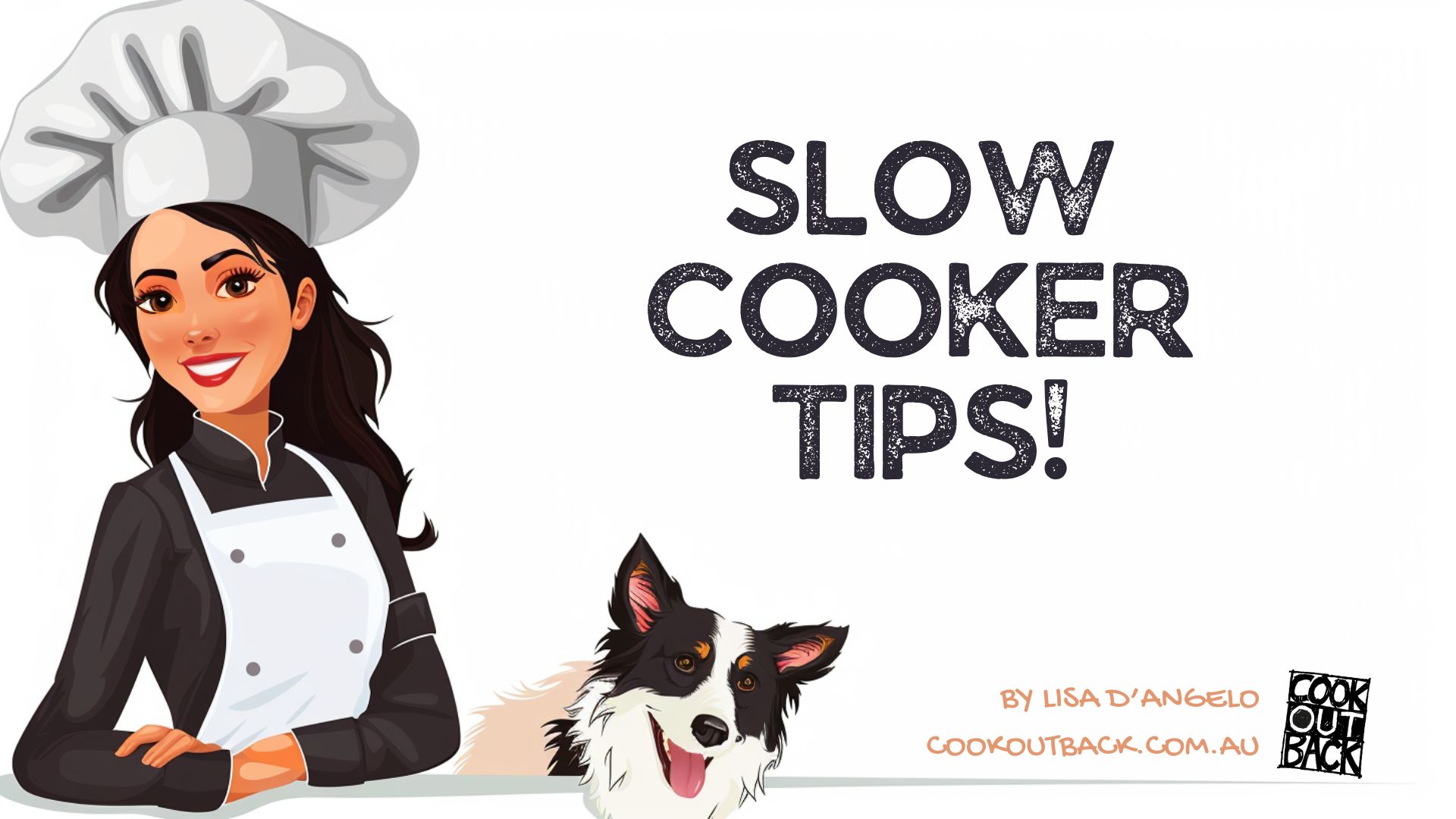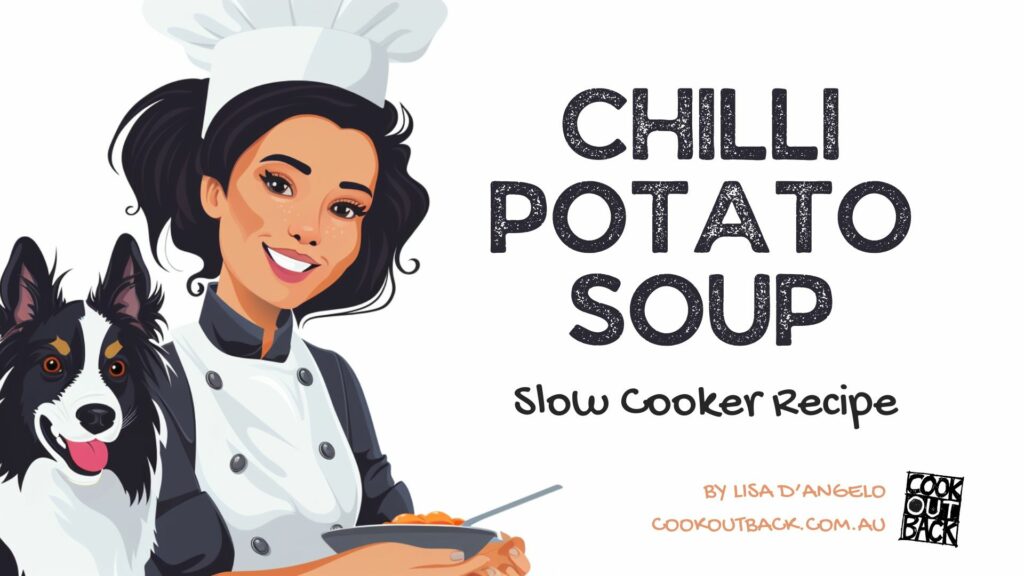If you’re baffled how the “auto” function works on your slow cooker then it’s basically a gimmicky way to control temperature.
But why, what’s the benefit, and should you use it?
Understanding low and high temps on a slow cooker
Let’s forget about “auto” for a minute or two. It really helps to understand why you would cook on high and why you would cook on low.
It’s not just about when your dinner will be ready!
Low heat
Starting with low heat. Low is slow, and also the reason your little magic cauldron is called a slow cooker.
Cooking on low heat is more energy efficient, allows the ingredients to tenderise, and for the flavours to gradually meld together over time.
However, some recipes benefit an initial cooking period on high, and joints of meat can require it.
High heat
Imagine you put a pan of cold water on the cooker, turned it on, and immediately threw in a load of pasta. What would happen?
Yes, that’s right – there won’t be much cooking going on until the water heats up and starts boiling the pasta.
It’s the same with a slow cooker!
Setting your slow cooker to high will heat up the contents quickly. This will get your food cooking sooner, at a safe cooking temperature.
When cooking meat this is more important, especially with large cuts of meat.
High heat has further benefits:
- Higher temperatures bring out flavours
- Tough meat will tenderise better
- Your food will cook quicker!
I expect by now you’re seeing the benefits of cooking on both a low and high setting, and you’ll note in many of my slow cooker recipes there is an initial period of cooking on high, and then a longer period on low.
Let’s take a look at why you would cook on high and then switch to low:
What are the benefits of cooking on high, then switching to low
This is a technique you want to get used to for many slow cooker recipes.
Starting on high will bring your slow cooker up to a safe cooking temperature quickly, preventing risk of bacteria (such as meats), and bringing out the initial flavours.
Switching to low will then allow your food to slowly tenderise on a more energy-efficient setting while you go off and do other things. This is the period where meats become super tender, and the flavours in most recipes really come out and meld together.
So, have you guessed what “auto” means on your slow cooker?
Why you would use “auto” on your slow cooker
The #1 reason I bought my slow cooker was so I could throw in a load of ingredients before work, then come home to a beautifully cooked meal after work.
Having to switch from high to low a few hours in really scuppers that. It means I need to sneak out of work, run home, flick a switch on the slow cooker, then run back to work before anyone notices.
Hence the “auto” setting.
There are a few downsides to using “auto”, but it essentially lets you get on with your day without having to momentarily flick that switch on your slow cooker. If that matters to you, then no worries mate!
Let’s take a look at the cons:
Why you shouldn’t use “auto” on a slow cooker
I’ve spent years cooking with a slow cooker, and that means I can tell when a recipe hasn’t come out perfectly.
You may be a coffee addict, wine buff, or beer aficionado. If you are, you’ll know the difference between a good tipple and a not so good tipple.
When it comes to “auto” on a slow cooker, it’s a bit like that.
Most of my recipes are tried and tested, which means 2hrs on high then 3hrs on low will give you the best results.
I’ll add a quick caveat to the above statement, as all slow cookers vary based on model, size, time to heat up, and so on. The more you use your slow cooker, the more tuned-in you will be on when to switch from high to low.
Once you master “manual mode” rather than “auto”, you will be much more satisfied with the results.
(I feel like I became a photography blogger for a second!!)
How to use “manual” instead of “auto” on your slow cooker
I don’t want to leave you high and dry, so here’s a few quick pointers on how to cook on high and then low effectively to produce the tastiest food.
“Auto” may do the trick for you, which is fine and you shouldn’t feel guilty – after all, you bought a slow cooker for convenience!
But, to get better results, tune yourself in to your magic cauldron.
Note: There’s a reason slow cookers have a glass lid, and that’s so you can see the food cooking without needing to remove the lid. Removing the lid can hinder the cooking (although it’s not the end of the world!)
This is how you know when to switch from high to low:
- Liquid levels – If the liquid in your slow cooking is boiling too much, reducing too quickly, or the food is starting to dry out, then it’s definitely time to switch to low.
- Texture of ingredients – Once you familiarise yourself with your slow cooker you will get a feel for when meat is becoming tender and vegetables are softening. Until that point you may need to whip the lid off and check, but try to get out of this habit. When meat is becoming tender and vegetables are softening, you should turn to low.
- Flavours (taste test) – You’ll need to remove the lid for this one too, which isn’t ideal, but tasting the flavours are well-developed and balanced will tell you when to switch to low. Once switched, the more gentle cooking will continue to enrich the flavours and tenderise the meat.
- Recipe cooking times – If you’re uncertain of the above, or simply want to be told when to switch, then use my recipes!





Leave a Reply